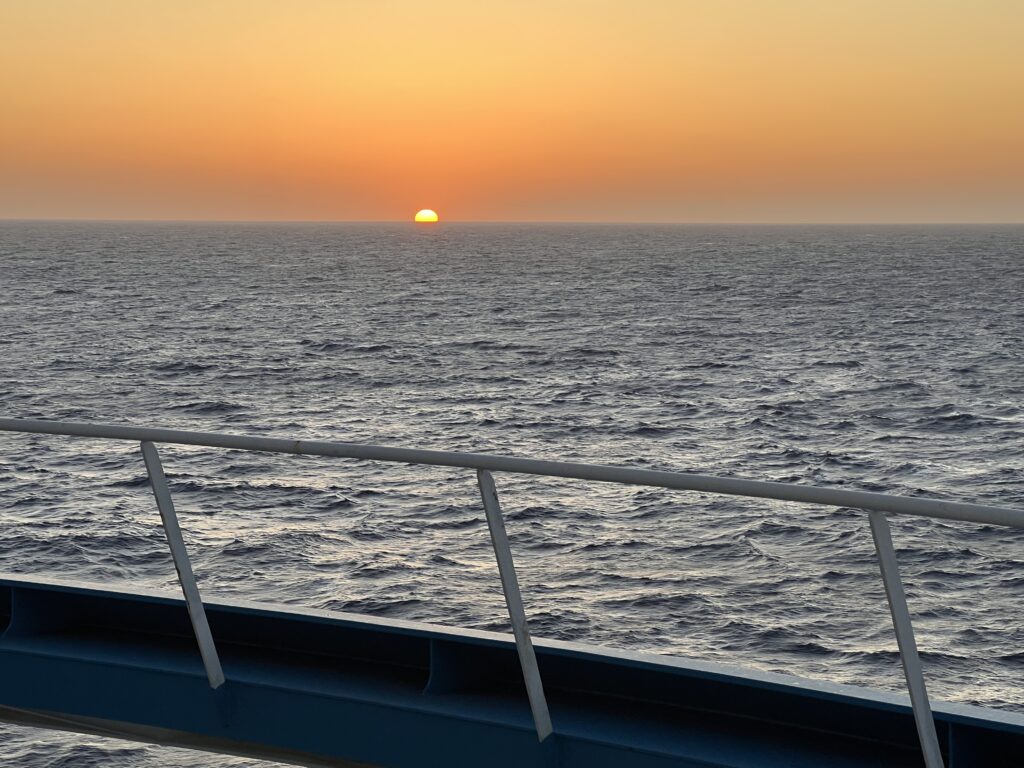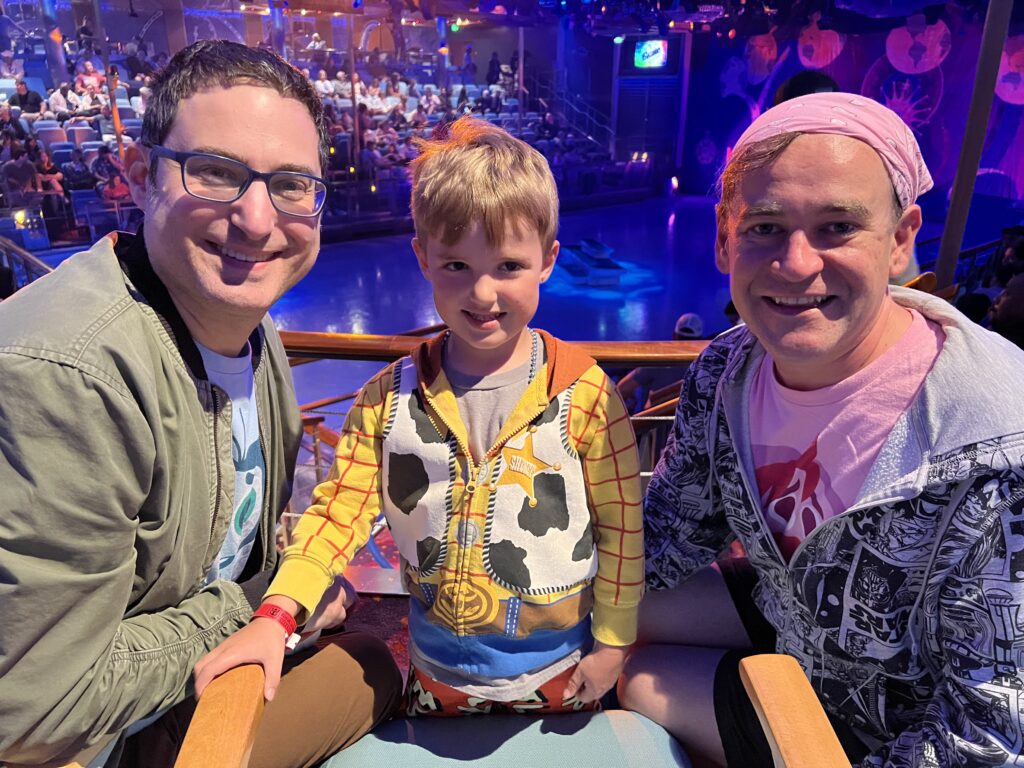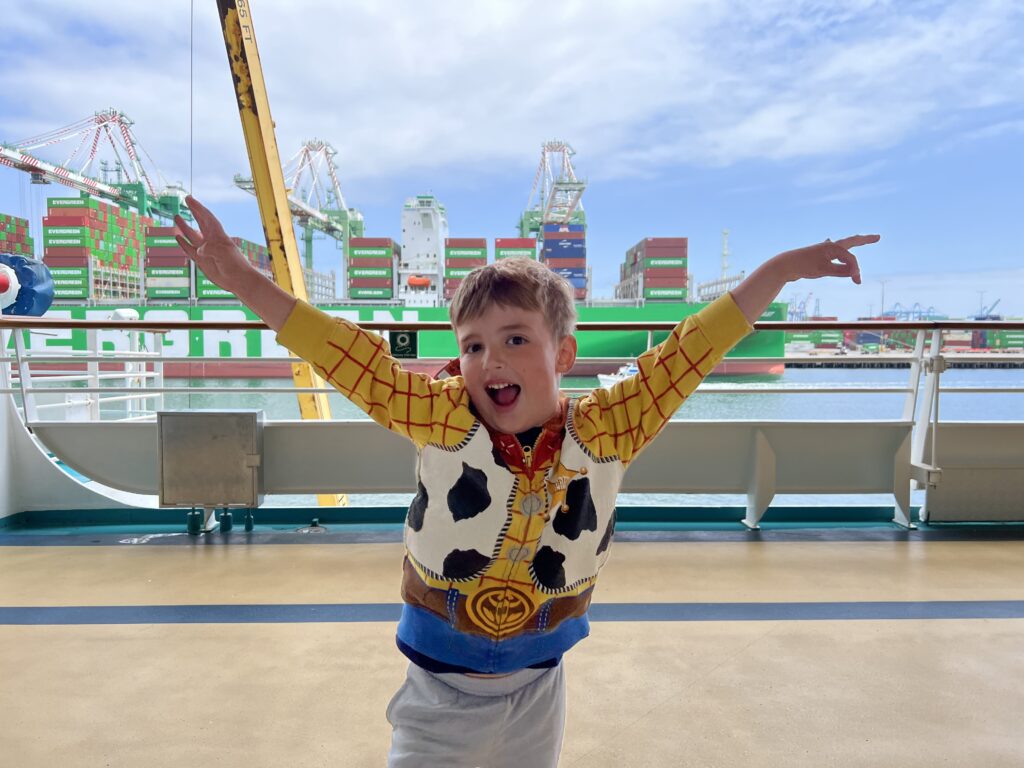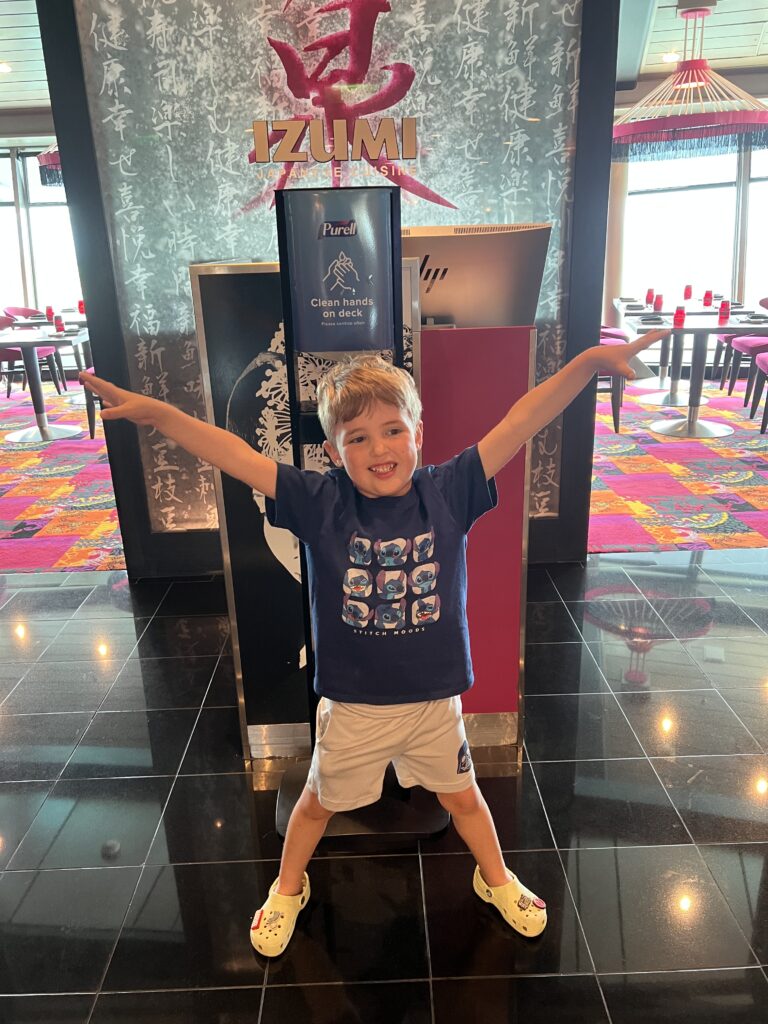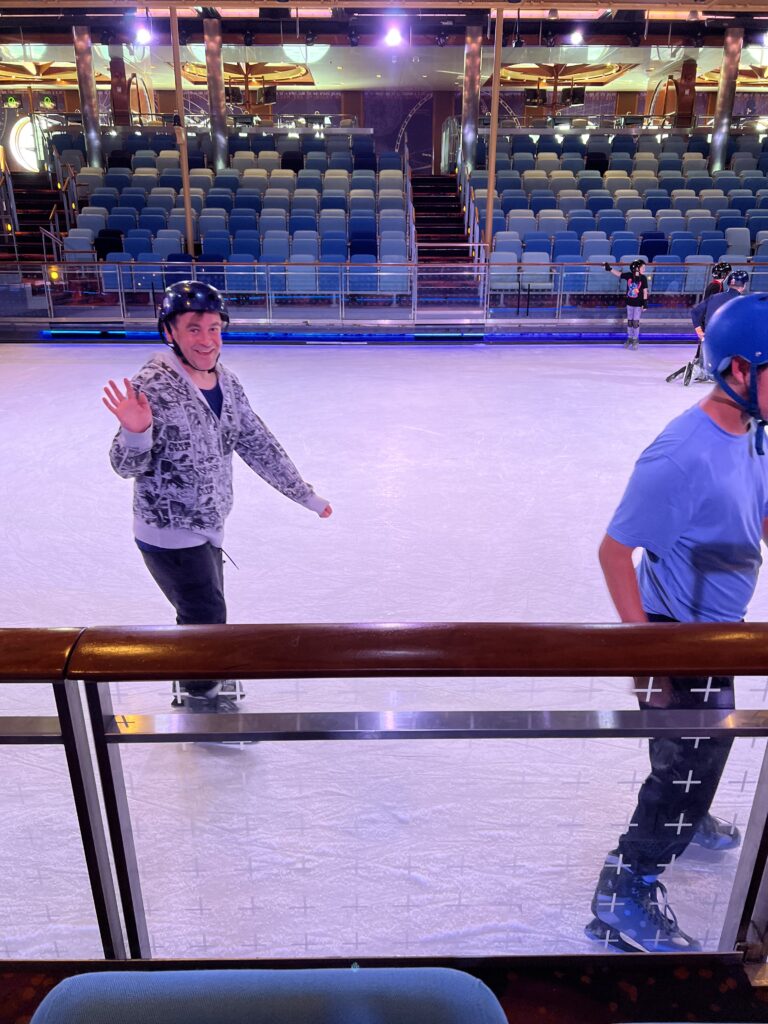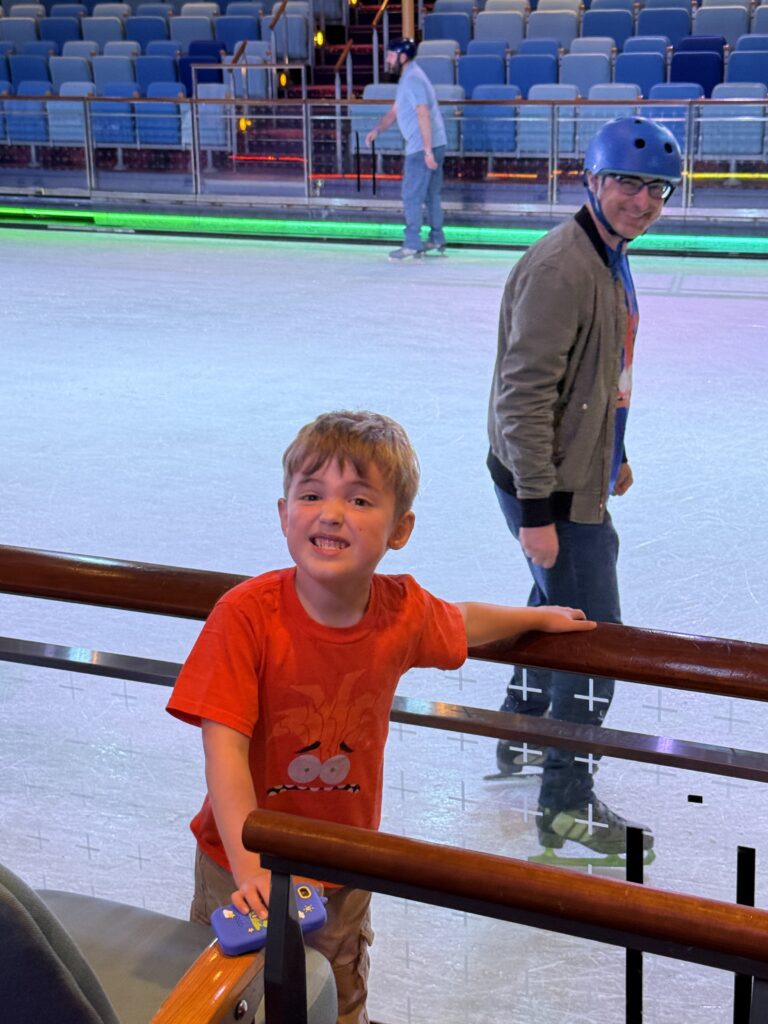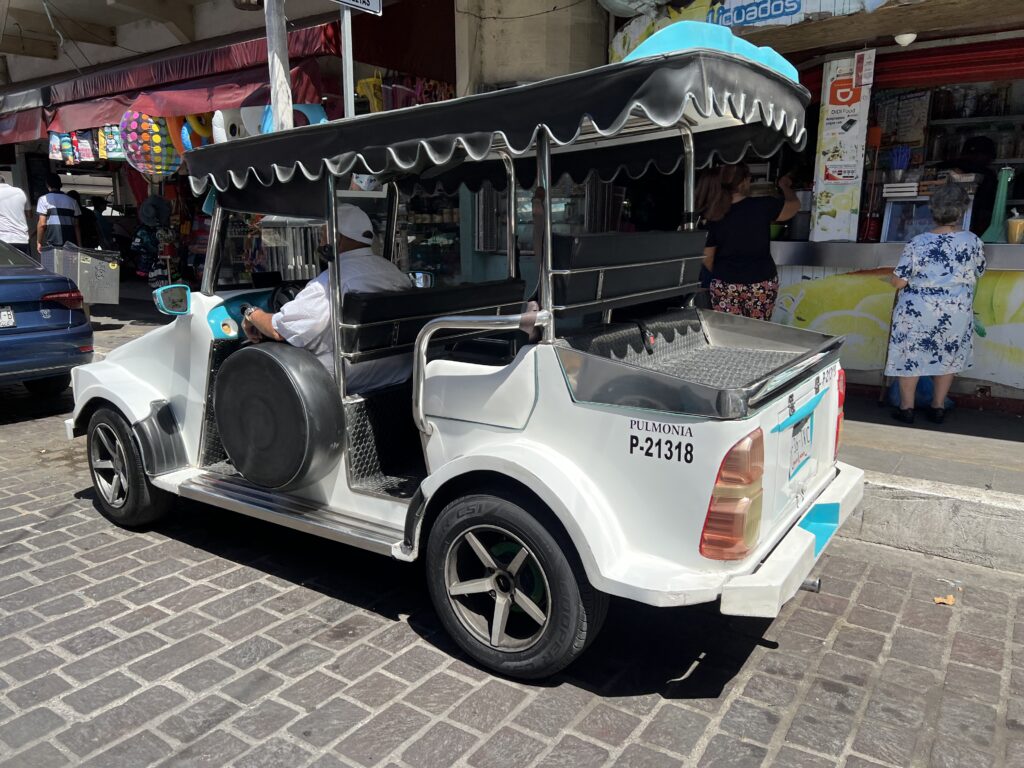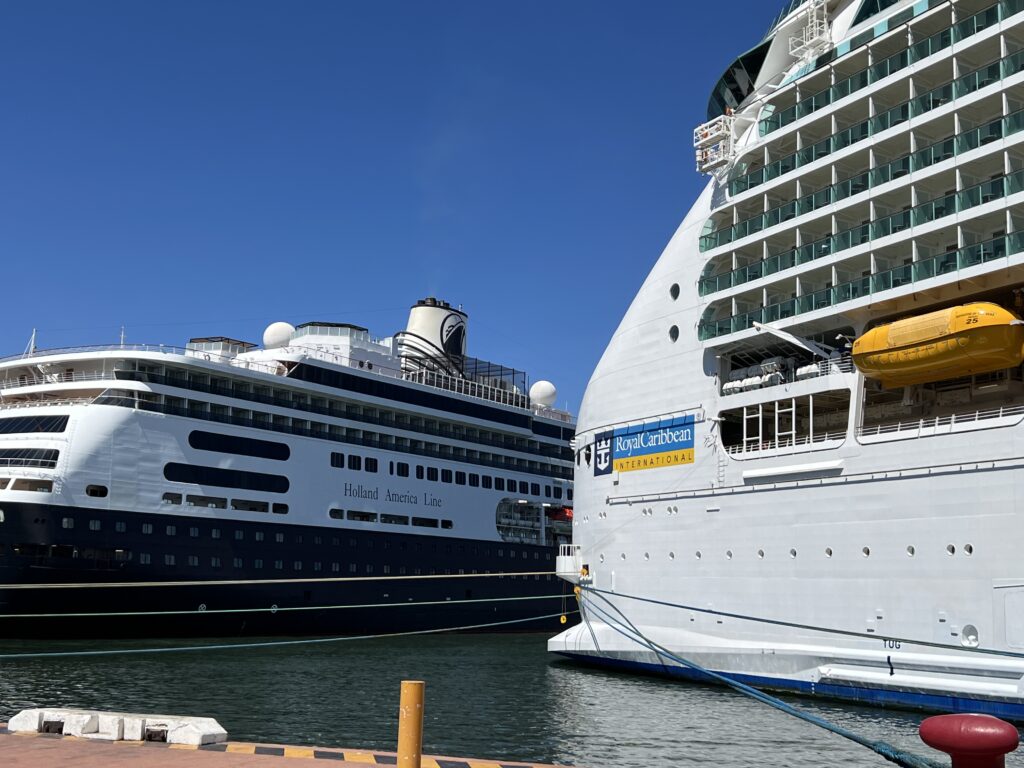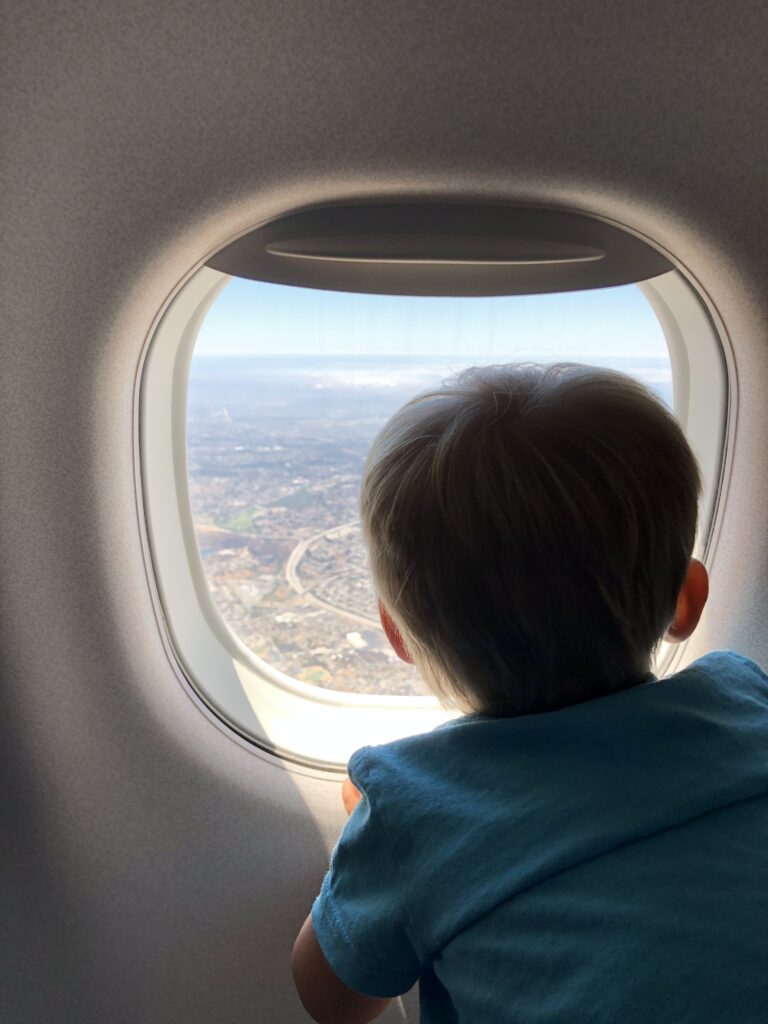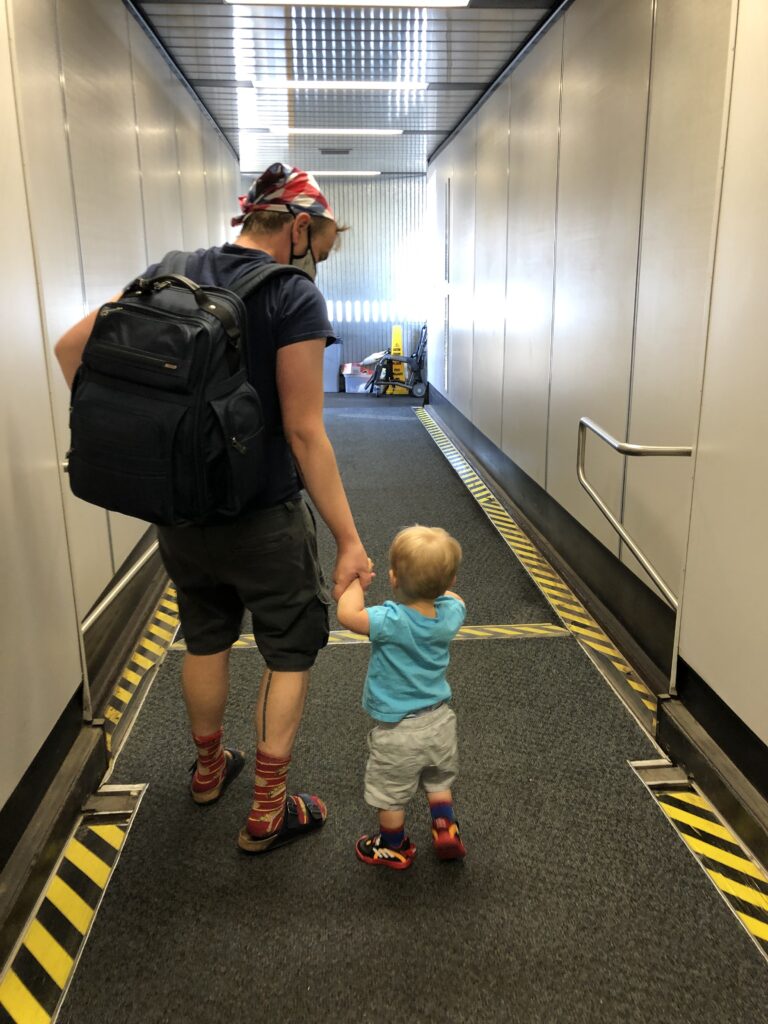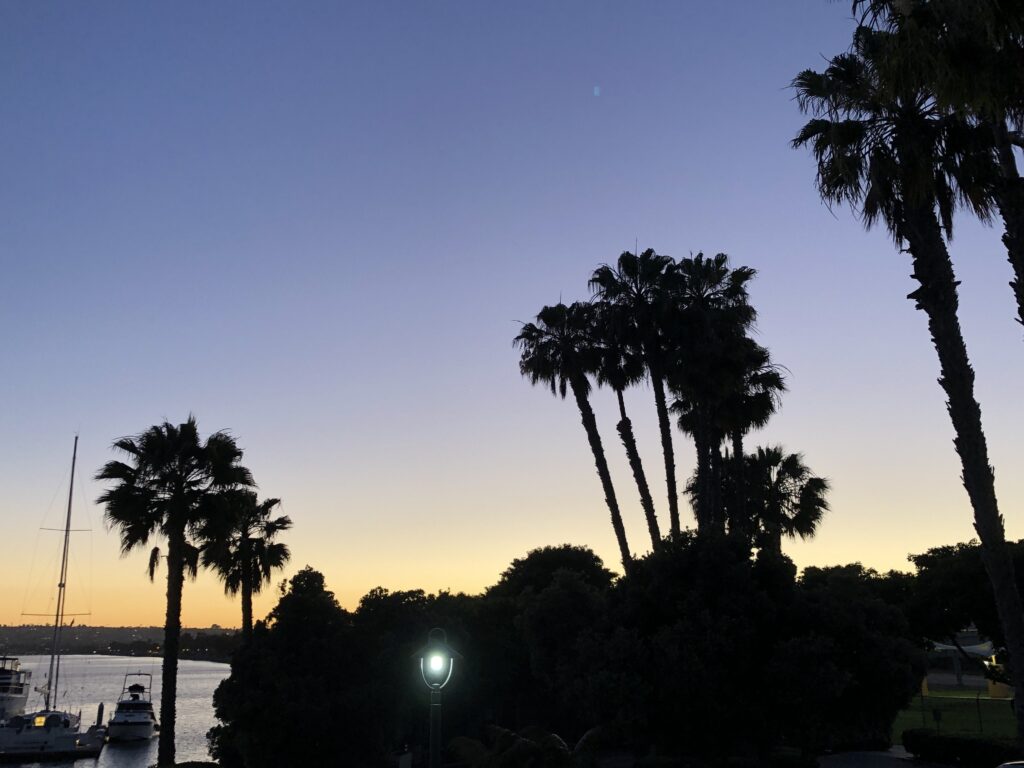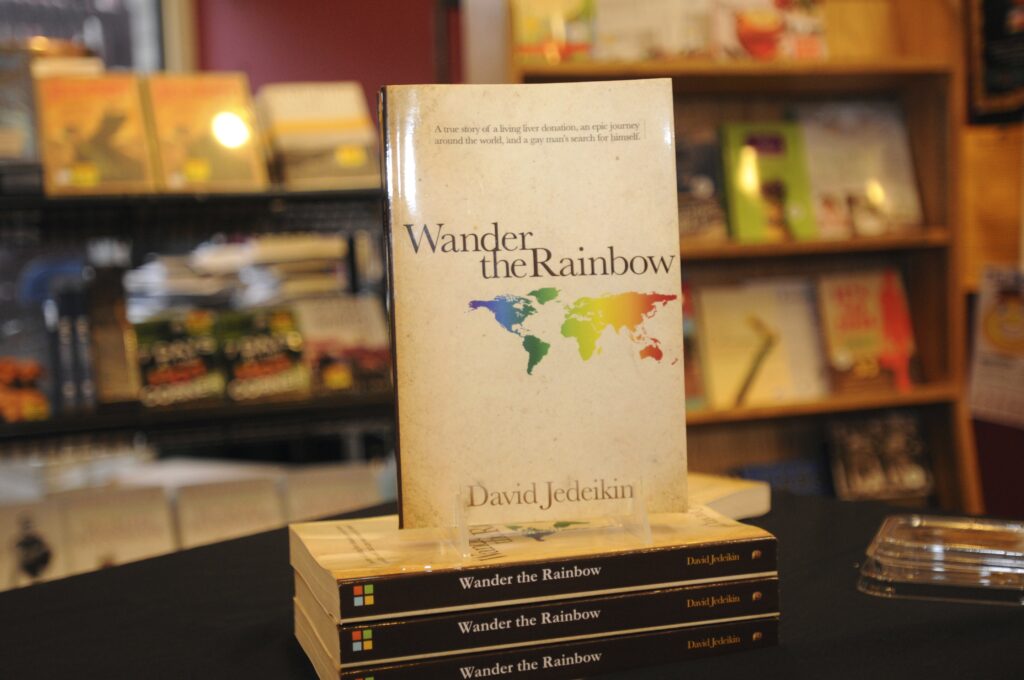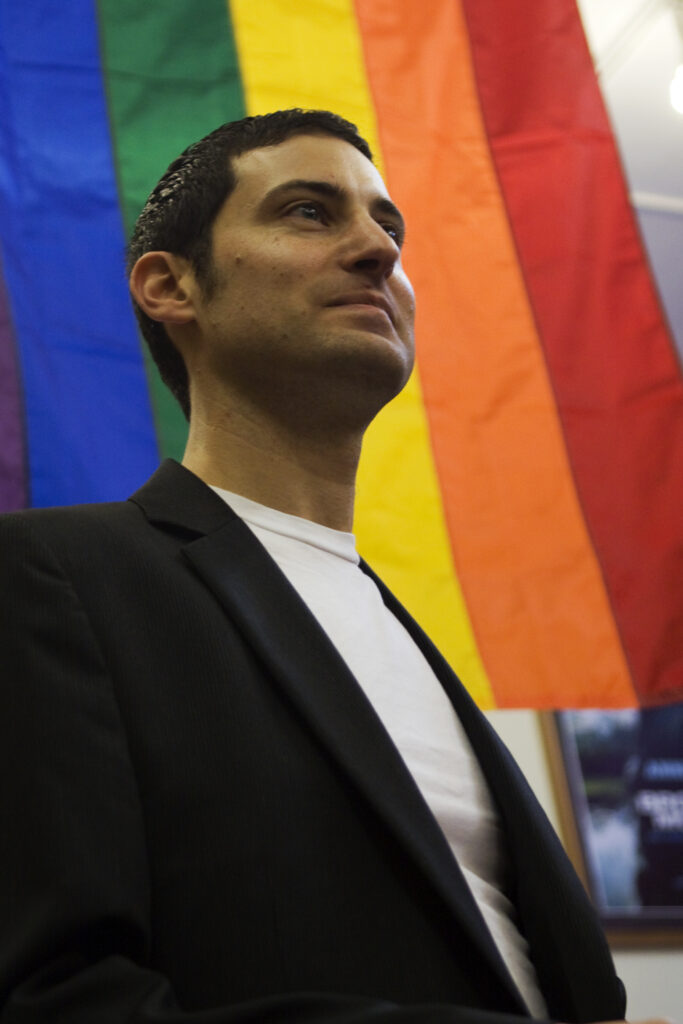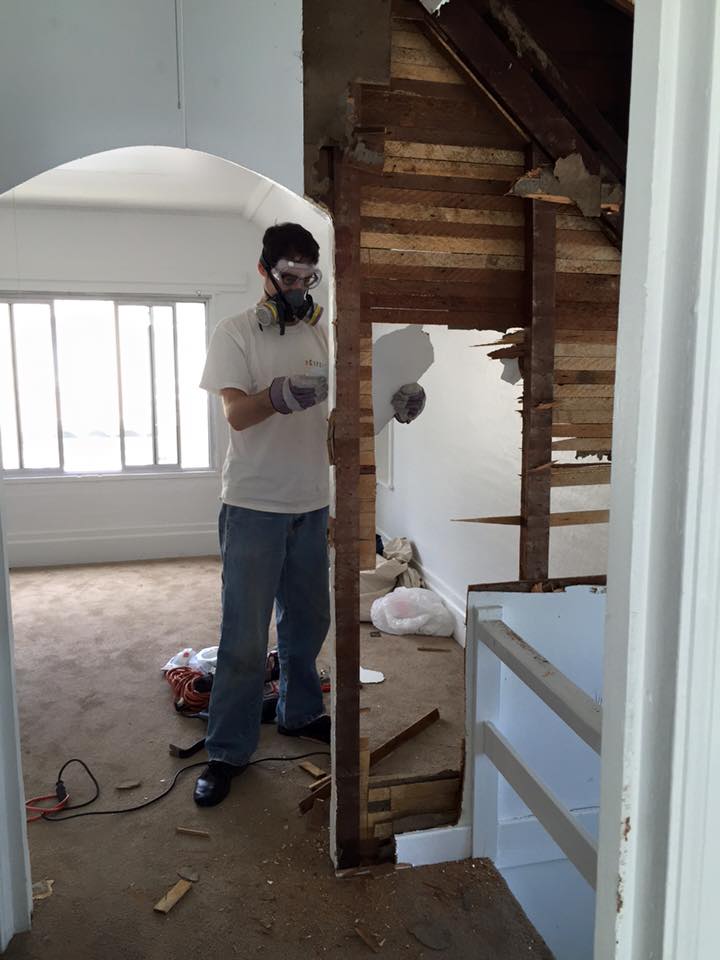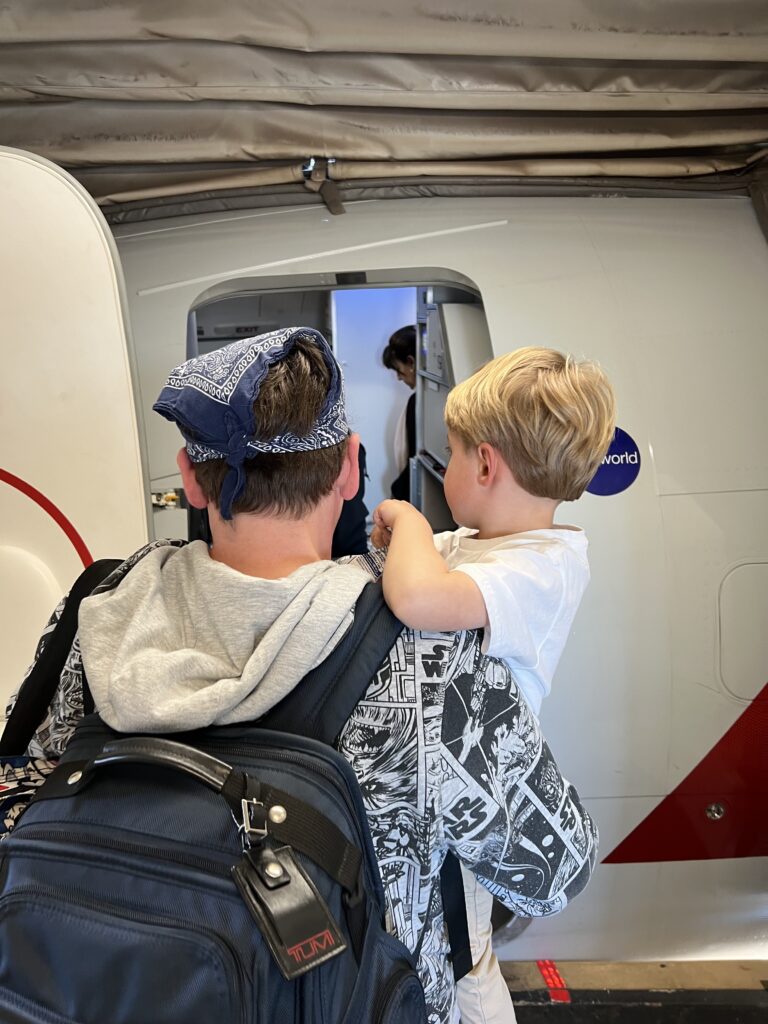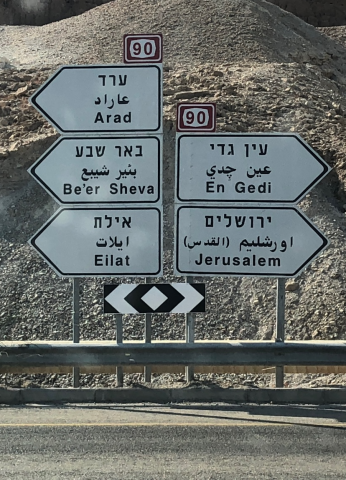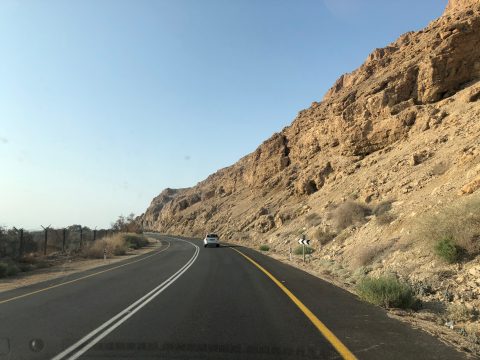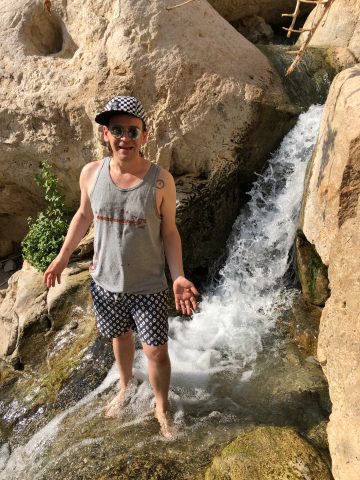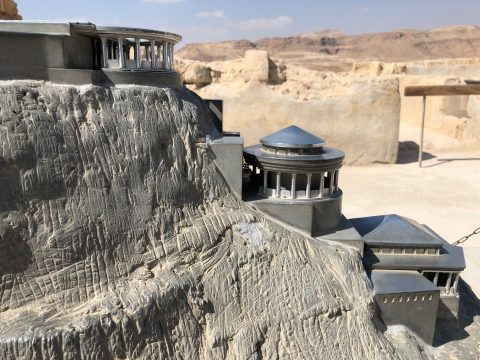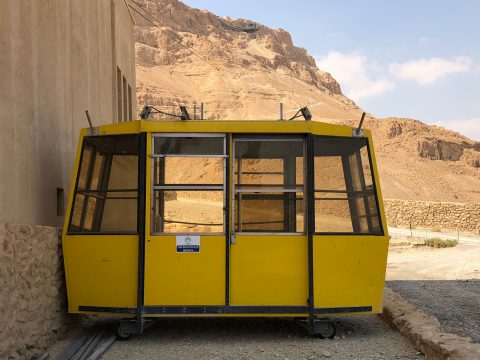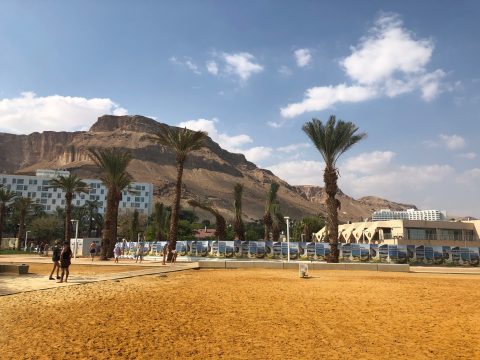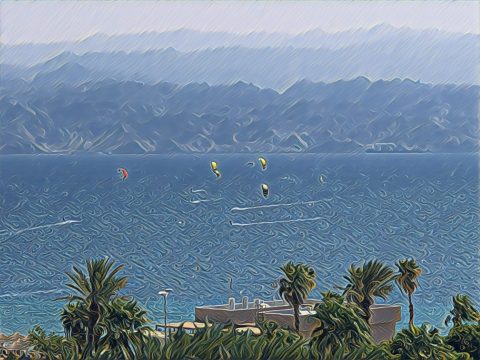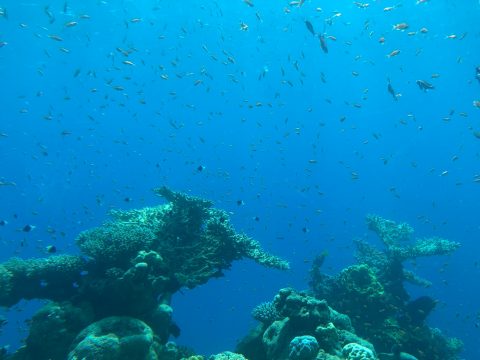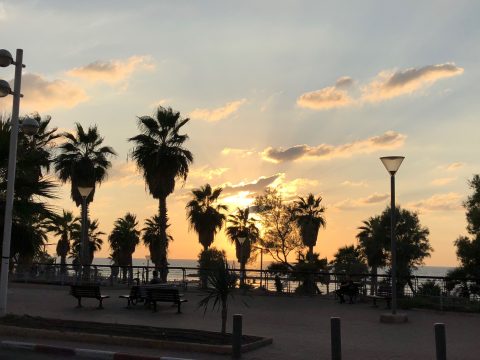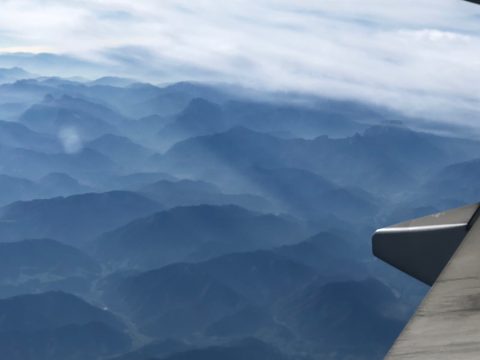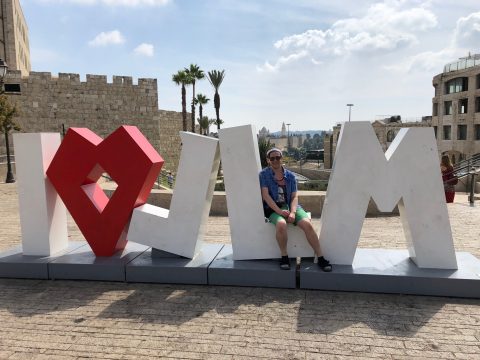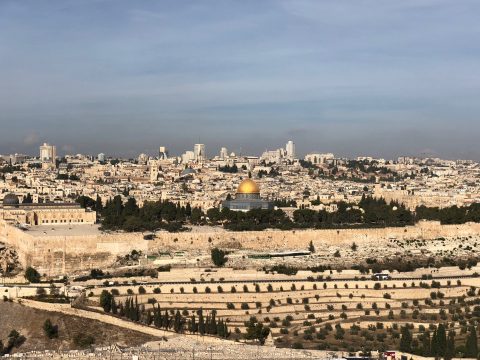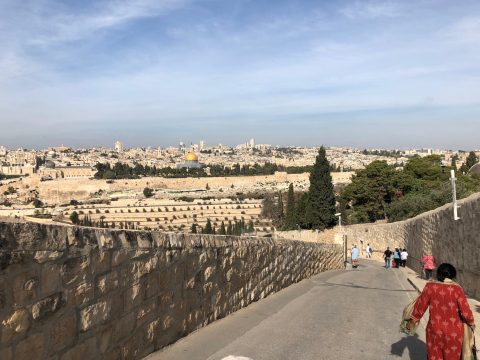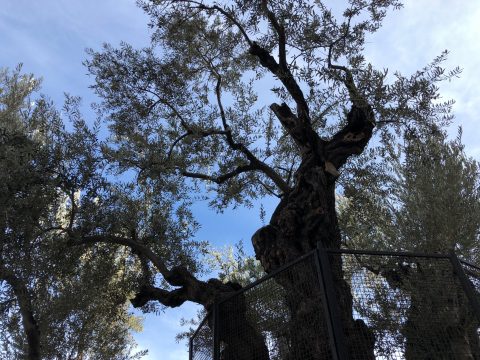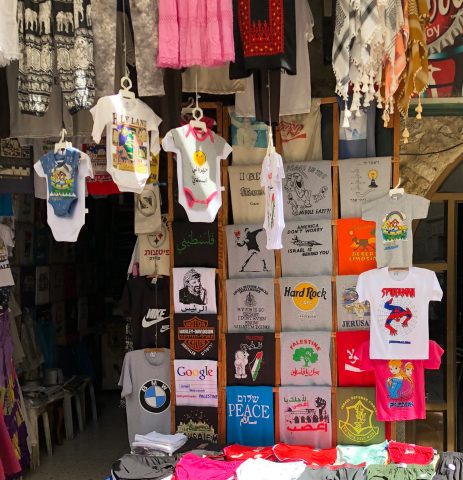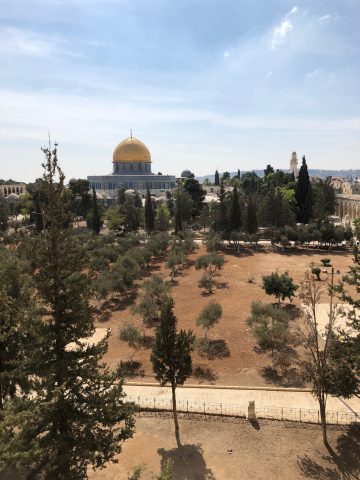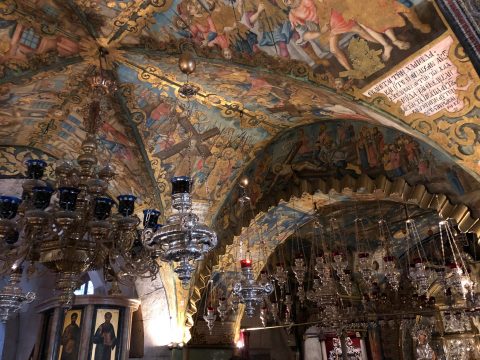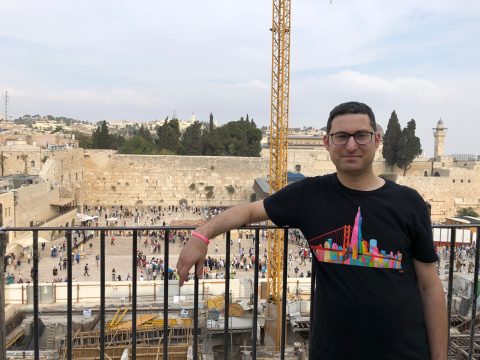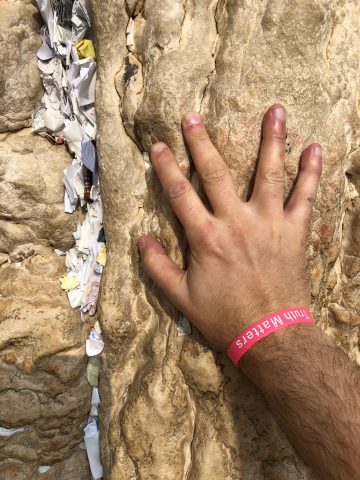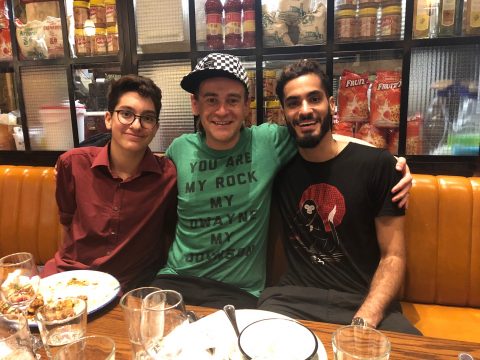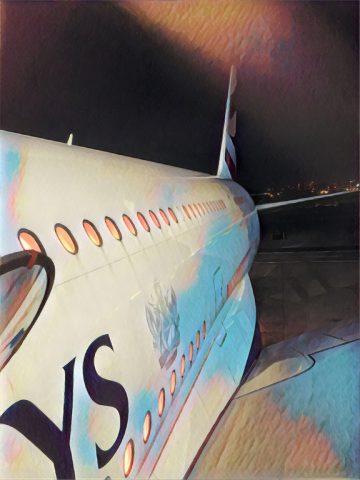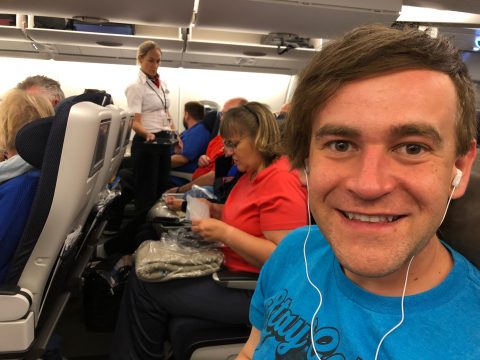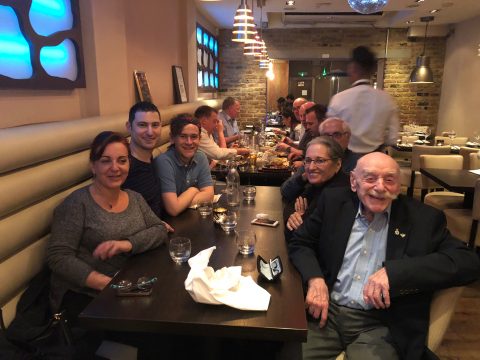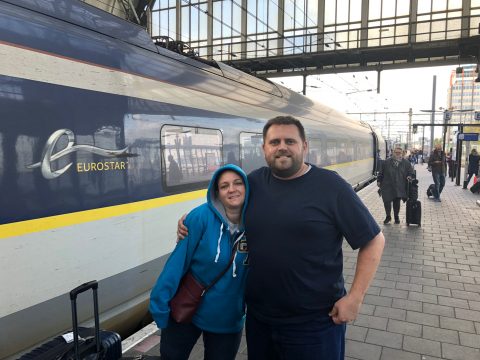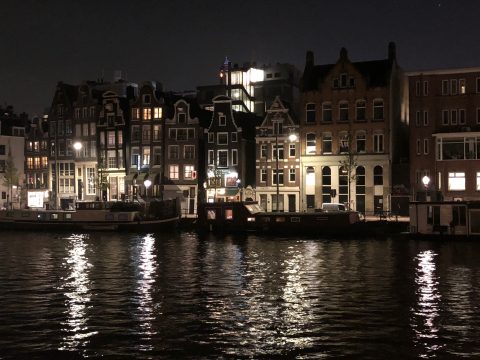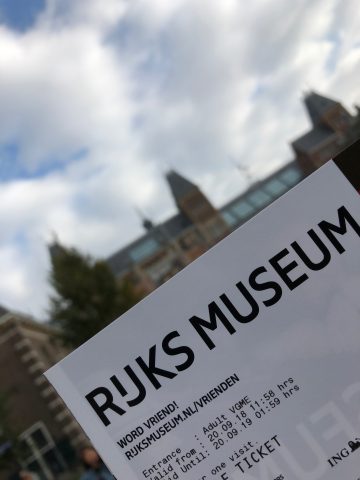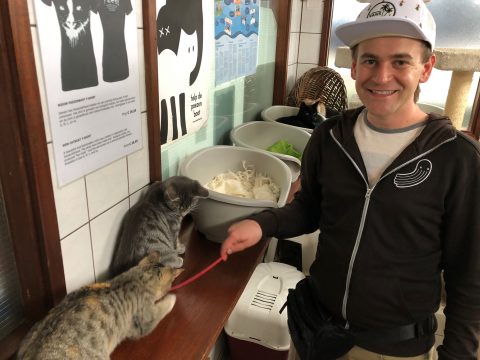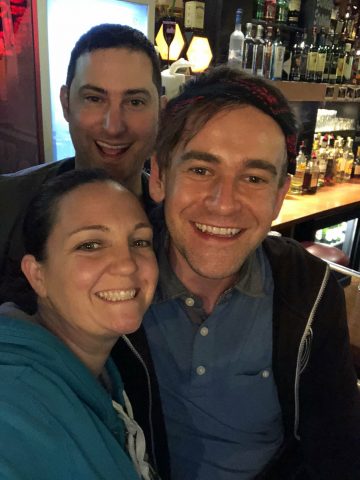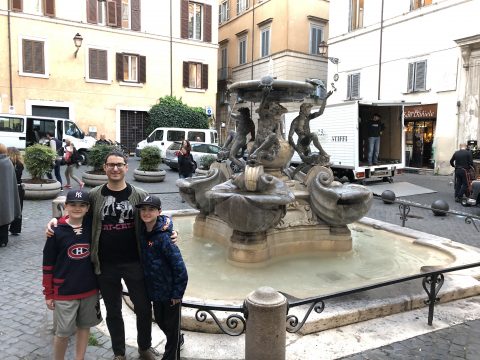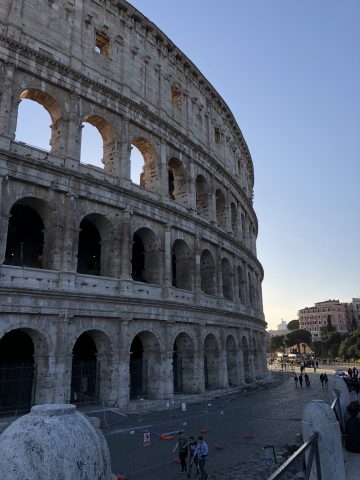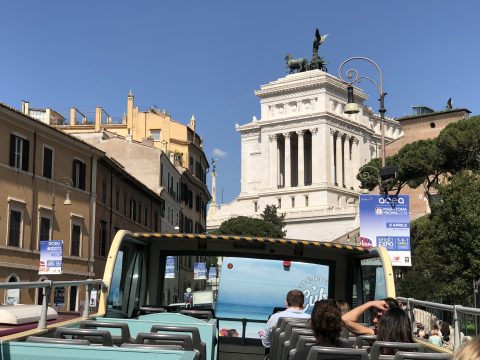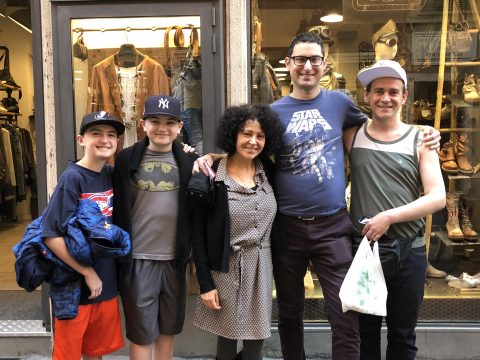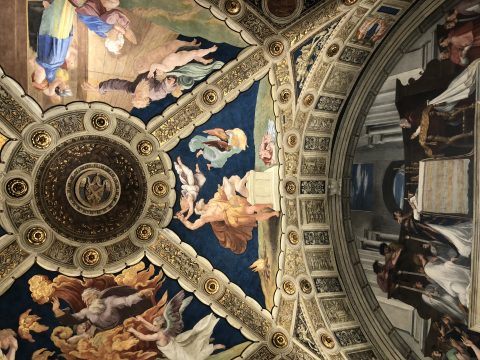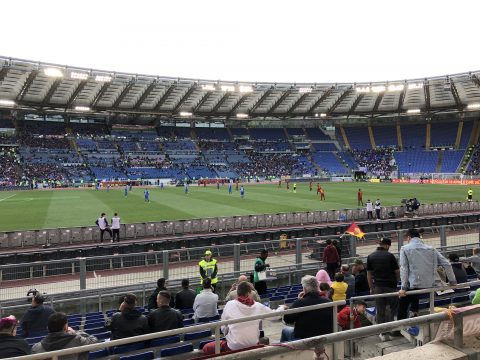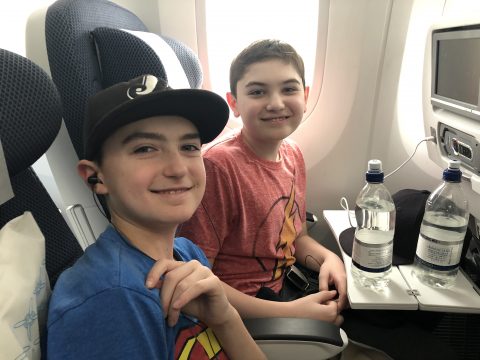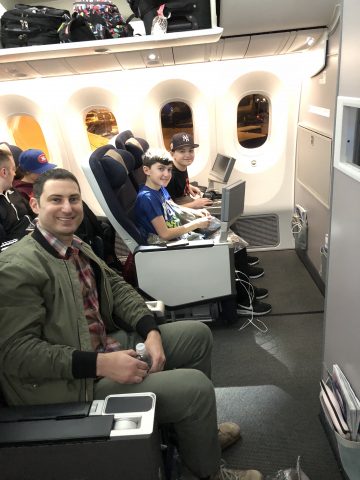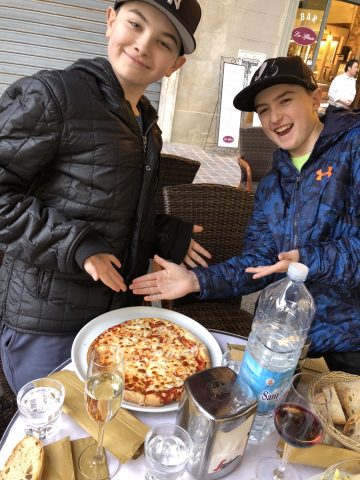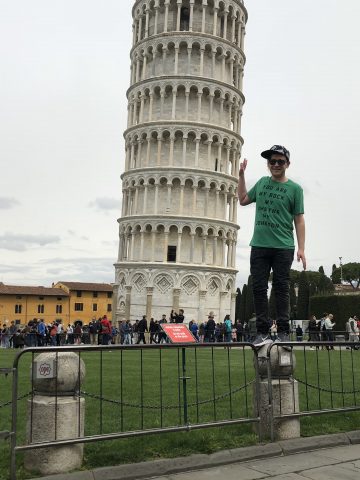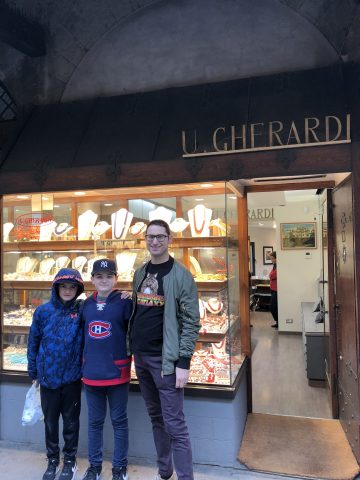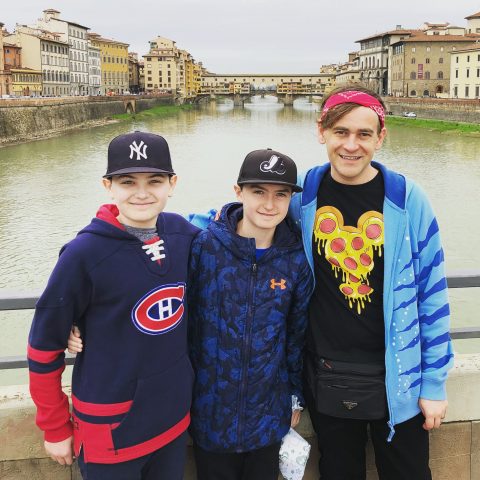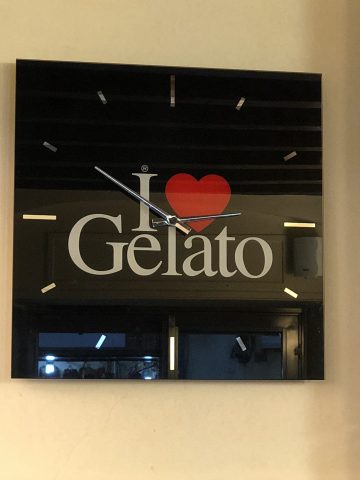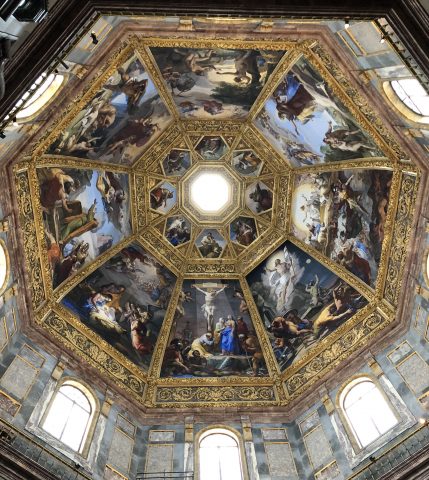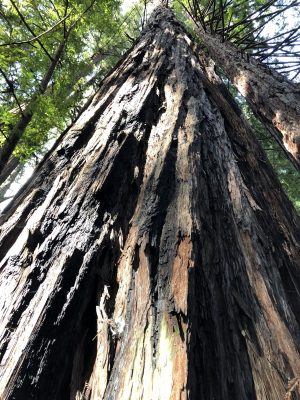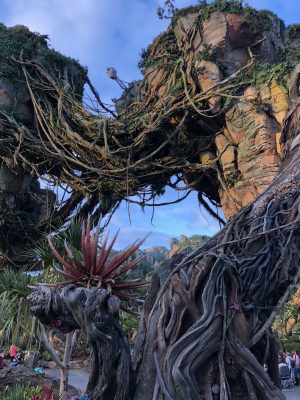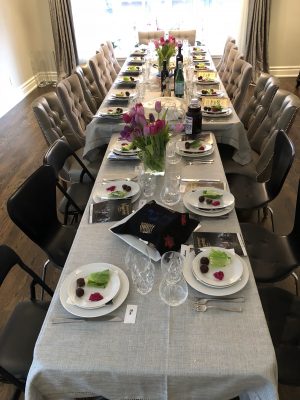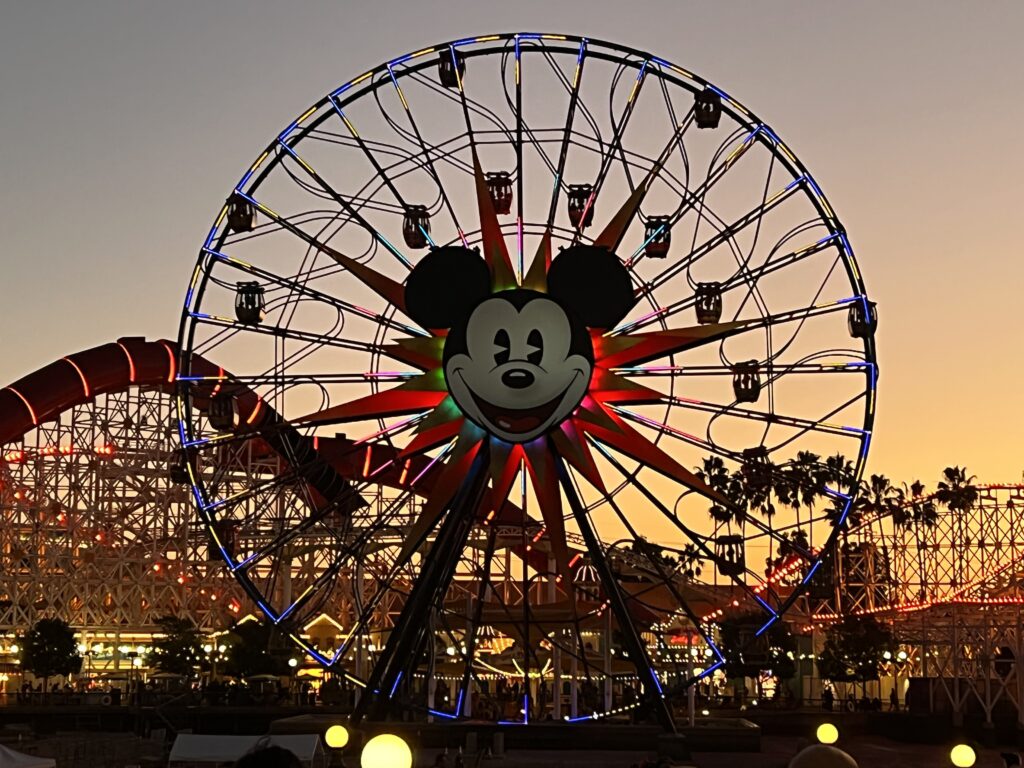
It’s no secret my spouse is a bone fide Disney adult; I sometimes joke that he’d wanted a kid so he could continue his Disney reveries. Some of it is coming of age as a Millennial, a generation less cynical and more open to popular culture than my own sometimes-snarky Gen X (though many of us, including me, rejected a lot of that cynicism).
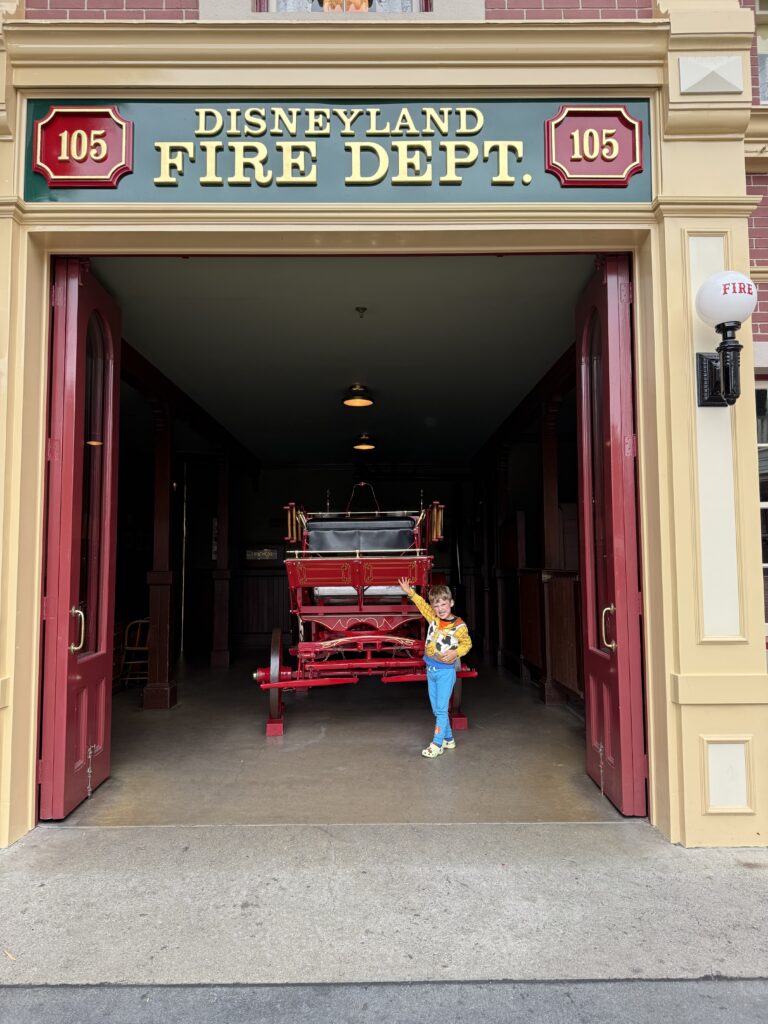
At the same time, Millennials were kids during the Disney Renaissance, that late-1980s-through 1990s era where the studio put out a suite of celebrated animated films concurrent with significant theme park expansion. As for me, my sublime-appreciating parents had always been enchanted by the studio’s offerings—and as an outspoken nerd from way back, I welcomed the growth and expansion of the company, as they welcomed Marvel and Lucasfilm under their wing, along with Winnie-the-Pooh, the Muppets, along with their classics (and a few not-so-classics; we’re still trying to pretend Operation Dumbo Drop didn’t happen).
Our first visit with Leon was when he was barely a few months old, right before pandemic-era lockdowns came into effect. As the world reopened, we began excursions to Orange County, and soon made the pilgrimage down there a regular occurrence. Over the years, we’ve brought along (and made) friends, more than a few of whom were fellow Disney adults; met up with extended family members; and generally gotten to know the California parks inside and out as they completed their most recent waves of expansion. I probably know the location of every bathroom in those two parks.
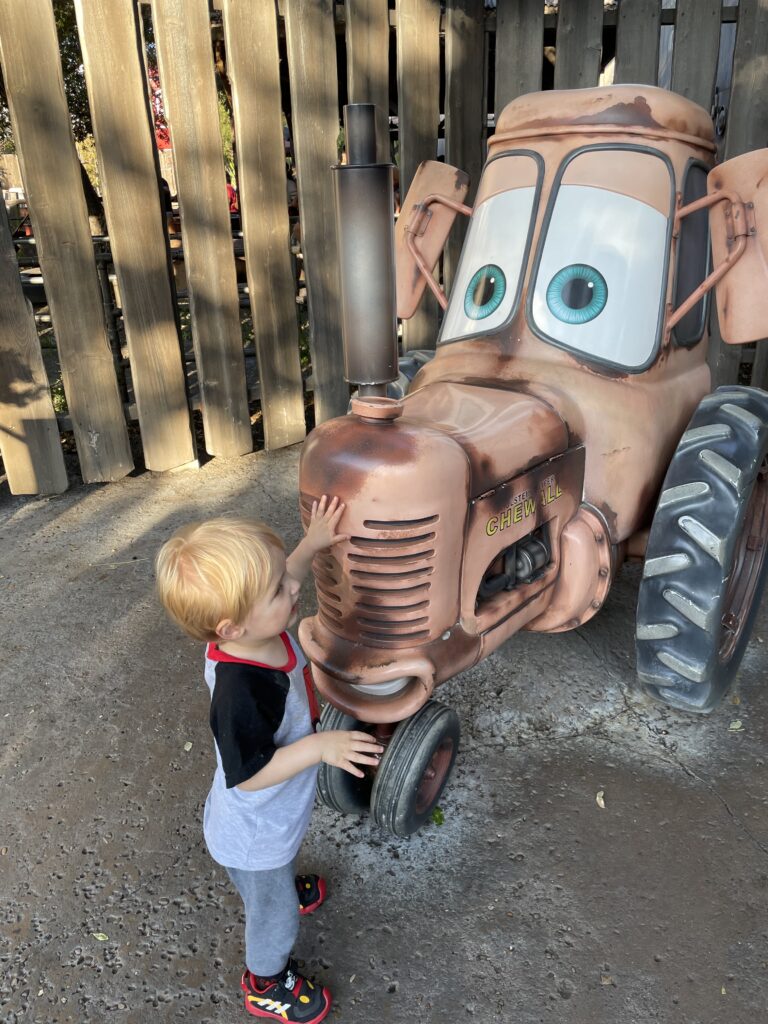
Disney Adulting
The Disney theme parks elicit seemingly at least as many opinions as there are guests. Elite types disdain them as hoi polloi schlock. Multitudes more are alarmed by those rising prices, twinned with reminiscences of the halcyon days of $99 annual passes. And all of us want to do practically anything to avoid lines.
So what’s a Disney Adult parent to do?
Mathew, true to form, figured out all the hacks, and even did some TikToking about it a bit ago. Basically, the key to the parks is this: do whatever you can to arrive early, preferably just as the park opens. Although there will be other hordes there for rope drop, as it’s known, it’s still scant numbers compared to the numbers you’ll see later in the day. Knock out as many rides as possibly early on, then you can slow down and do other activities later in the day.
The same is true for dining: sit-down Disney restaurants aren’t really all that different price-wise from equivalent restaurants elsewhere, and though their quick-serve is on the pricier end for what it is, it’s often of higher quality, with generally good options for vegetarians and vegans. But here too, a trick: tables at most of the in-demand restaurants are snapped up almost immediately when reservations open up. That’s typically at the sixty-day mark, early in the day here on the West Coast. Glad I have an early-rising spouse.
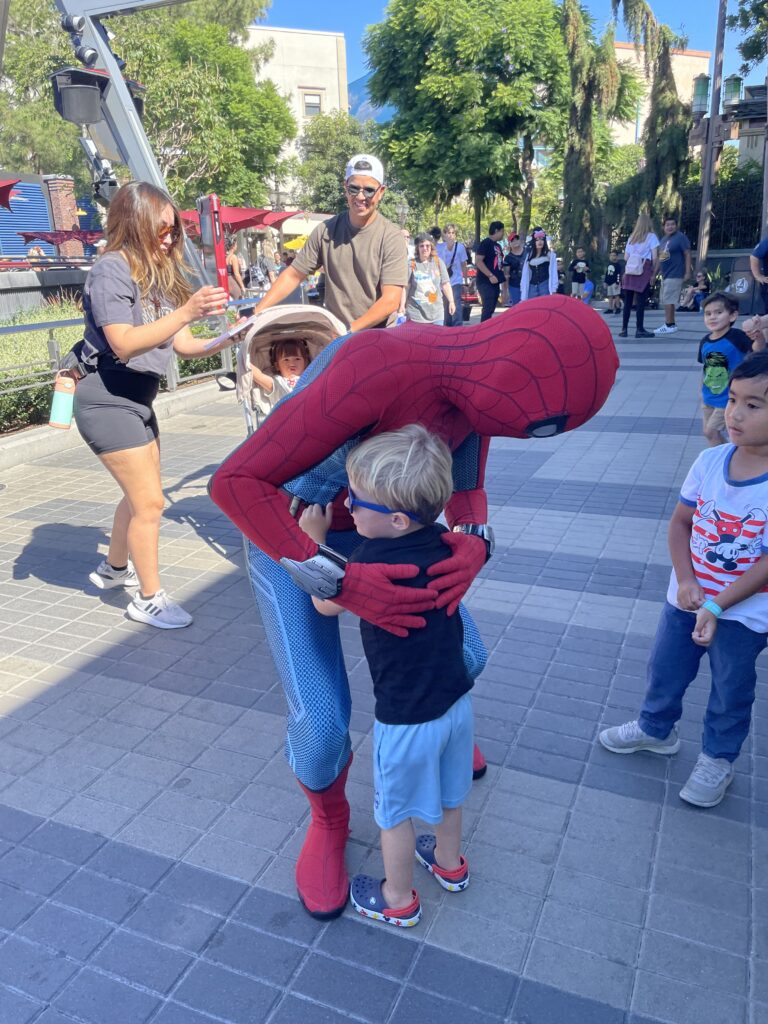
There are also Lightning Lanes (once upon a time a similar such offering, FastPass, was free, but nowadays it’s no longer) to skip the lines. For those with bigger budgets, a stay at a Disney hotel (there are only three at Disneyland, but many more at the Florida parks) traditionally offered up to an hour of early access to the parks, but looks like that perk’s going away soon as well. Other buy-in-bulk options include annual passes for park admission, or even joining Disney Vacation Club, a point-based timeshare option that’s so popular that they have no need for those cheesy timeshare presentations; occasionally, a DVC contract even sells for a higher price than when bought. Arbitrage never looked so magical.
“I watched him grow up at Disneyland”
Looking (with some mistiness) at photos of past visits, I’m not sure if we’re living out a cliché. But then, clichés exist for a reason. It’s the stuff Mad Men character Don Draper talks about in that first-season finale, pitching the Carousel slide projector to the folks at Kodak. He mentions a sentimental bond with the product, which is exactly the way so many Disney adults and kids feel. Sure, it’s a product, but it’s made by artisans who care deeply about their craft, telling stories as timeless as the myths and legends on which they’re based.
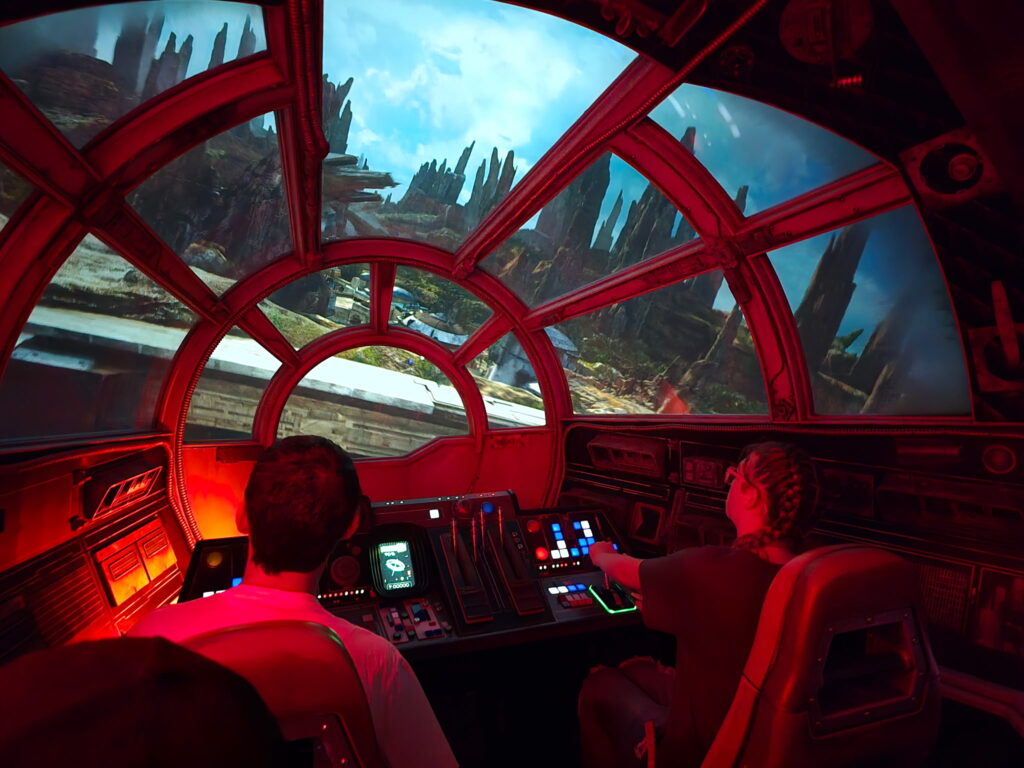
Then there’s nostalgia, Don Draper says. Delicate, but potent. The Disney parks try to fulfill the greatest aspects of travel: it’s ability to bring people together through shared, novel experiences. Its a carousel, literally and figuratively, allowing us to travel the way a child travels. Bringing us back to a place where we know we are loved.
Although we’ll be taking a hiatus from the park in Southern California, the title of this piece hints at further adventures—Disney and otherwise—yet to come.

